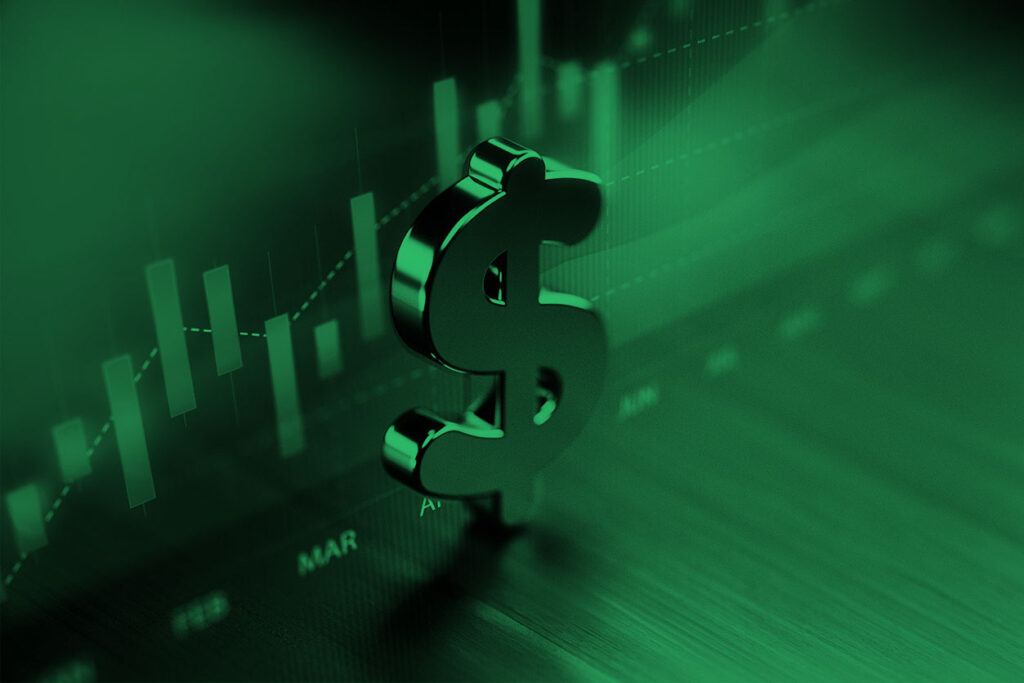How to Enhance Your Trading with the Moving Average Indicator

It takes a period of time, specified by the trader, and provides an estimation of the average price for that interval. Being able to work with any time frame makes it applicable to any strategy, including the Bladerunner strategy. Not only that, but there are also other technical indicators that are based on the MA, such as the MACD.
In a way, the MA is the mother of indicators because it can go with pretty much every trading strategy and has other indicators use it as a base. We already covered how to do simple cross-overs, momentum trades with trends, going long and short with the first pullback, the triple MA and the 200-day MA. However, this time, let us focus on how to enhance your trading with the Moving Average method.
Enhancement in progress
Every trader has particular needs and the MA can be customised so it works for both short-term and long-term traders. To use the Moving Average within a strategy, it is important to be aware of what it indicates. The answer is simple – it shows the direction of the trend. While following the candlestick chart, it smoothes out the price movements and provides a prediction that can be highly accurate. This is not a guarantee to success, however.
To get started, you first need to determine the direction of the trend. In order to do that, let us look at a general approach. One such would be a Simple Moving Average (SMA).
Upward movement means the MA goes under the candlestick chart. Downwards movement puts the MA above the chart. The crossover point where the indicator meets the chart is the “angle” you need. After that, the trend usually reverts and prices go up or down.
You can alter the speed of the moving average in line with your strategies. A higher speed SMA (with more periods) is useful to short-term traders and a lower speed SMA gives a broader look, which can be an option for long-term traders. In addition to the SMA itself, the EMA can be added to it. Doing that can have the two MAs to cross in one or the other direction. Herein an upwards crossover would normally mean it is heading in a bullish direction and a downward crossover would point to a bearish period approaching.
MA + other indicators
By simply combining the different Moving Averages, traders can follow the trend more accurately. It is important to note, however, that while it is simple and effective, by itself it can fall a bit behind, even when using different MAs at the same time. This is where further combinations with different indicators can give a more accurate representation of the price movement. That being the case, this is best done after getting used to each indicator separately and then gradually expanding your arsenal. In trading, it’s important to use the indicators effectively. Using too many without fully understanding them is redundant. Keep in mind that indicators are just a tool and need to be used in line with your trading strategies to help you interpret signals for entry and exit points. At the end of the day, you will be the one calling the shots.
Trading on margin is high risk.

